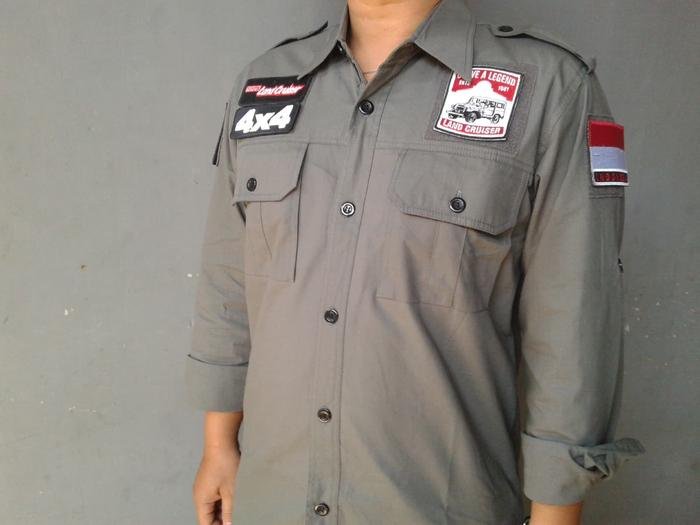In Mumbai, a city known for its bustling population and its advanced healthcare infrastructure, air ambulance services have become a vital part of medical emergency care. Whether it’s a cardiac emergency, trauma case, or critical illness, the demand for air ambulance services is growing. As technology continues to advance, air ambulance services in Mumbai are evolving, providing faster, safer, and more efficient ways to transfer patients.
One key innovation in this evolution is the use of commercial airline stretchers. These specialized stretchers, designed for use in commercial aircraft, are enhancing the way patients are transported, ensuring better care during flights. This blog will explore the technological advancements in air ambulance services in Mumbai and how these innovations, including the integration of commercial airline stretchers, are improving patient care.
1. The Rise of Air Ambulances in Mumbai
Mumbai, a hub for medical tourism and emergency care, has seen a significant rise in the use of air ambulances. Air ambulance services offer a critical lifeline for patients in need of urgent medical care, enabling them to be transported to specialized hospitals quickly. Whether it’s a heart attack, stroke, or severe injury, air ambulances are capable of providing timely intervention.
Before the widespread use of air ambulances, ground transportation was the only option for transferring critically ill patients. However, the time taken to transport patients to hospitals was a matter of concern, especially in emergencies. Air ambulances now bridge this gap by offering quick and reliable transport, reducing response times drastically.
2. The Role of Commercial Airline Stretchers in Air Ambulance Services
One of the most significant advancements in air ambulance technology is the integration of commercial airline stretchers. These stretchers are designed to be used in commercial airplanes, providing a stable and comfortable environment for patients during long-distance flights.
Commercial airline stretchers are often equipped with:
- Advanced safety features: These stretchers come with secure harnesses and straps to ensure the patient’s safety throughout the flight.
- Comfortable positioning: The design allows the patient to remain in a reclined position, which is crucial for individuals with serious injuries or medical conditions.
- Medical equipment compatibility: These stretchers are designed to accommodate various medical devices, such as ventilators, ECG monitors, and intravenous drips, ensuring that patients receive the care they need during transport.
In Mumbai, where medical emergencies often require rapid transfers to specialized treatment centers in other cities, the use of commercial airline stretchers ensures that patients remain stable and comfortable during the entire journey.
3. Enhancements in Medical Equipment on Air Ambulances
Along with commercial airline stretchers, the advancement of medical equipment on air ambulances has played a pivotal role in improving patient care. Today, air ambulances are equipped with state-of-the-art technology that allows for real-time monitoring and the administration of life-saving treatments during transit.
Common medical equipment found on air ambulances in Mumbai includes:
- Portable ventilators: For patients requiring respiratory support, portable ventilators ensure that patients receive uninterrupted oxygenation during flight.
- Defibrillators: Used for patients experiencing cardiac emergencies, defibrillators are an essential piece of equipment on air ambulances.
- IV drips and pumps: For patients requiring fluid administration, IV pumps allow medical staff to maintain the necessary flow rates and dosages.
These technological advancements ensure that patients receive critical care while being transported to hospitals that are equipped to handle more specialized treatments.
4. Integration of Telemedicine in Air Ambulance Services
Another notable advancement in air ambulance technology is the integration of telemedicine. With telemedicine capabilities, the medical team on board an air ambulance can connect with doctors and specialists in real-time. This allows for remote consultations, providing additional expertise during the transport process.
For instance, if a patient requires specialized treatment that can be guided by a consultant in a hospital, the air ambulance team can relay live data, including heart rate, blood pressure, and oxygen saturation, to the hospital staff. This allows for a more informed and efficient handover once the patient arrives at the hospital.
In Mumbai, where many patients are transferred to top hospitals like Hinduja Hospital, Kokilaben Dhirubhai Ambani Hospital, and Lilavati Hospital, telemedicine capabilities ensure that the right care is provided even before the patient reaches the hospital.
5. Faster Response Times with Aircraft Specialization
The response time of air ambulances has also improved thanks to the use of specialized aircraft. In Mumbai, many air ambulance operators now use aircraft that are specifically designed for medical transport. These planes are equipped with larger cabins, which allow for more medical equipment, more space for the medical team, and more comfort for the patient.
The use of twin-engine aircraft and helicopters ensures faster travel times, especially in emergencies where every second counts. These aircraft are capable of flying at higher altitudes, avoiding traffic congestion, and using airways that are faster than ground routes.
6. Enhanced Safety Measures for Patients and Crew
Safety is paramount in air ambulance services, and technological advancements have played a crucial role in enhancing safety for both the patient and the crew. Air ambulances are equipped with:
- Real-time tracking systems: These systems provide the air ambulance team with updated information about weather, air traffic, and potential obstacles.
- Weather radar systems: These systems allow the flight crew to navigate around adverse weather conditions, ensuring a safer journey for the patient.
- Emergency protocols and backup systems: In case of unforeseen issues, air ambulances are equipped with backup systems for power, communication, and medical supplies, ensuring continuous care.
7. The Future of Air Ambulances in Mumbai
As technology continues to evolve, the future of air ambulances in Mumbai looks promising. We can expect further integration of AI-based monitoring systems, robot-assisted surgeries, and advanced flight navigation technology. These innovations will further enhance the quality of care provided during air transport, ensuring that patients receive the best possible treatment, even in transit.
Conclusion
The evolution of air ambulance technology, particularly with the integration of commercial airline stretchers, has transformed the way patients are transported in Mumbai. These advancements in medical equipment, aircraft design, telemedicine, and safety measures are ensuring that patients receive high-quality care throughout the journey. In emergencies, every second counts, and air ambulance service in mumbai is proving to be indispensable in providing fast and effective medical transportation.
As air ambulance technology continues to evolve, the future looks brighter for patients who rely on these critical services. Whether it’s saving lives in cardiac emergencies, trauma cases, or long-distance organ transplants, air ambulances are truly changing the face of emergency healthcare in Mumbai.










